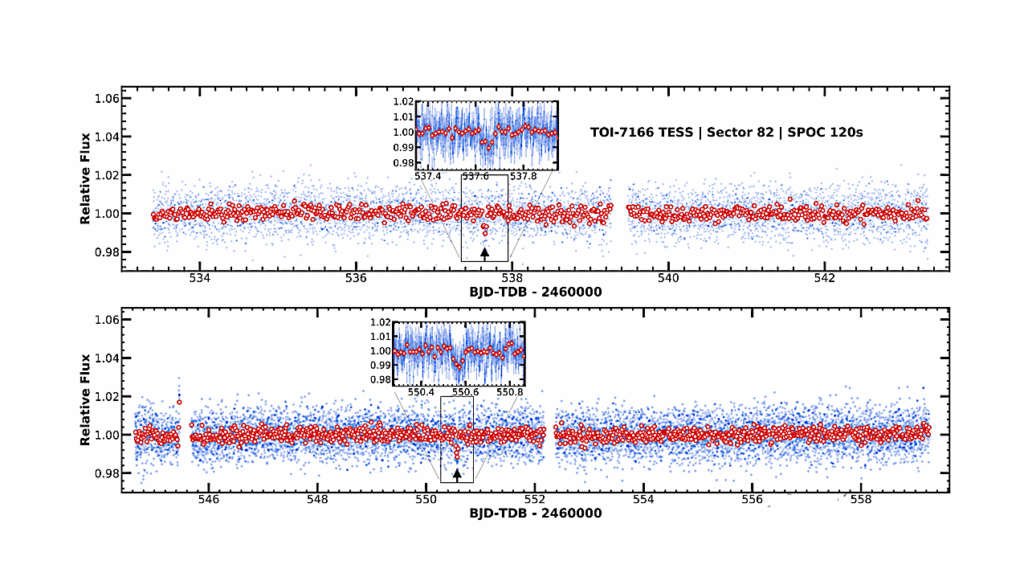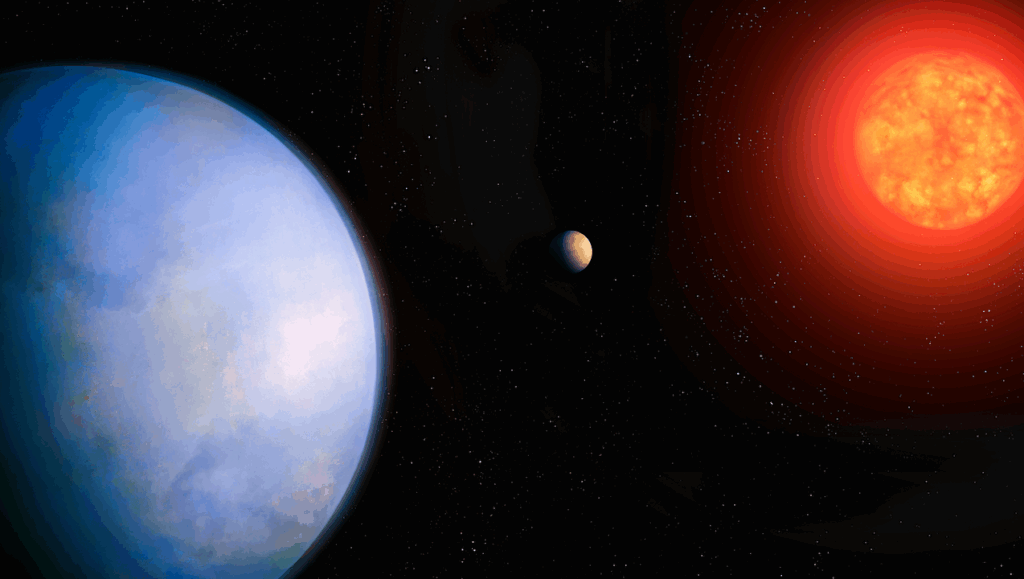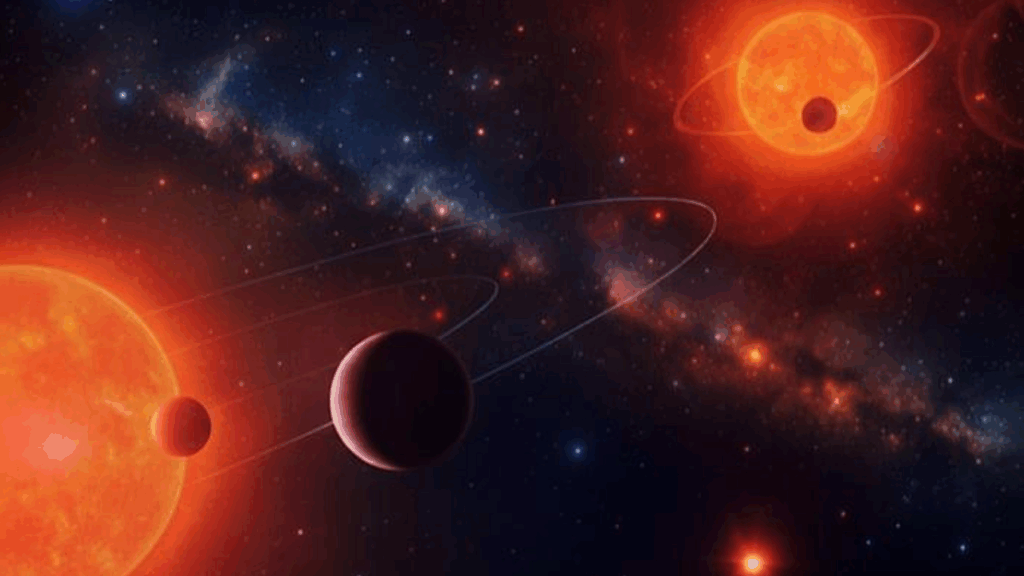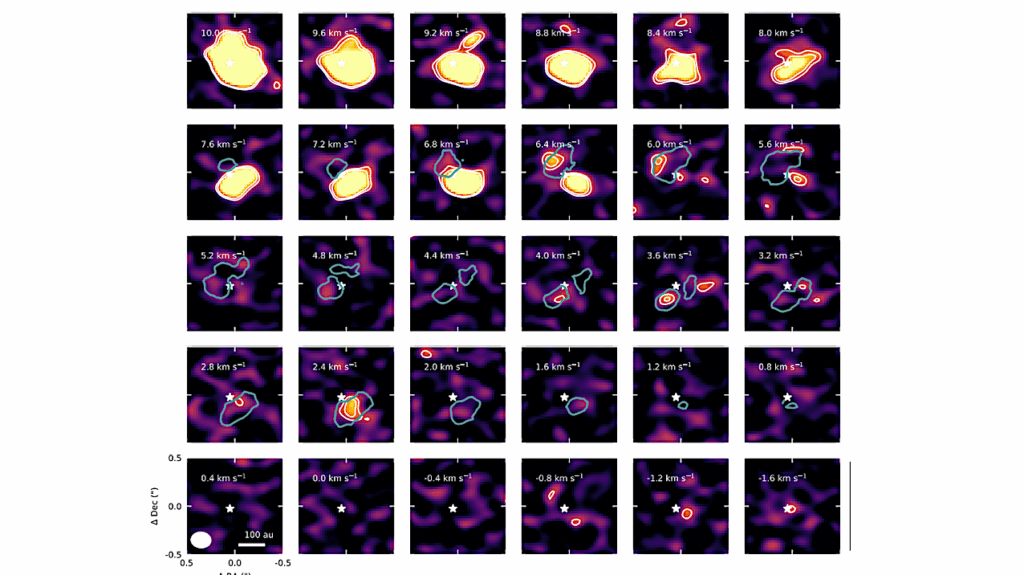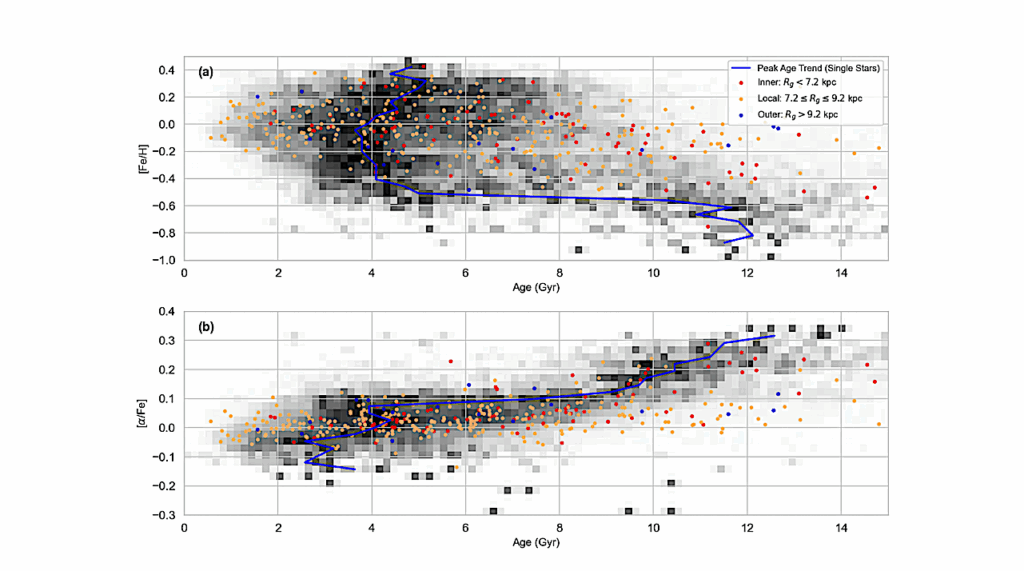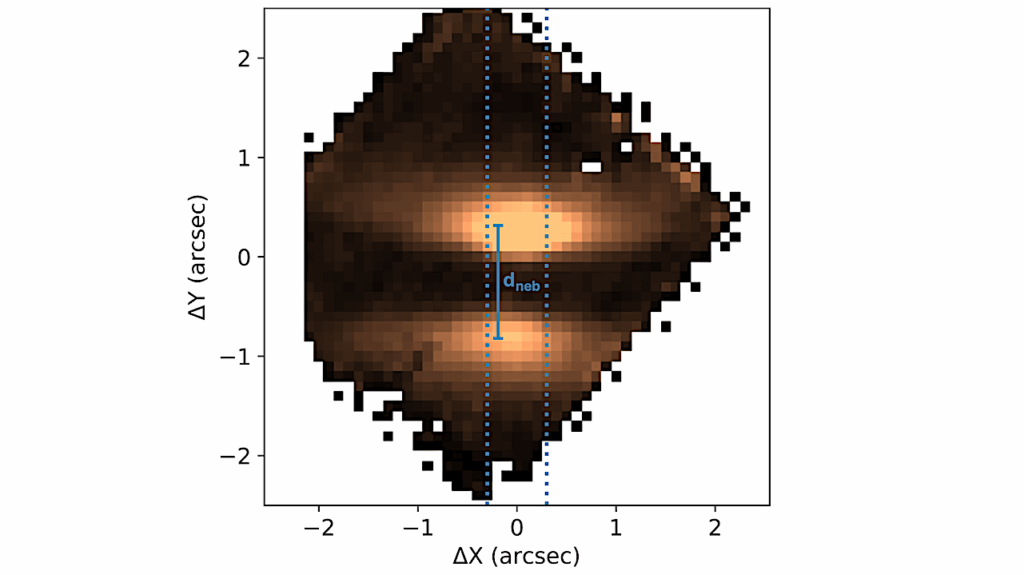Why Do M dwarfs Have More Transiting Planets?

We propose a planet formation scenario to explain the elevated occurrence rates of transiting planets around M dwarfs compared to sun-like stars discovered by Kepler.
We use a pebble drift and accretion model to simulate the growth of planet cores inside and outside of the snow line. A smaller pebble size interior to the snow line delays the growth of super-Earths, allowing giant planet cores in the outer disk to form first.
When those giant planets reach pebble isolation mass they cut off the flow of pebbles to the inner disk and prevent the formation of close-in super-Earths. We apply this model to stars with masses between 0.1 and 2 solar mass and for a range of initial disk masses. We find that the masses of hot super-Earths and of cold giant planets are anti-correlated.
The fraction of our simulations that form hot super-Earths is higher around lower-mass stars and matches the exoplanet occurrence rates from Kepler. The fraction of simulations forming cold giant planets is consistent with the stellar mass dependence from radial velocity surveys.
A key testable prediction of the pebble accretion hypothesis is that the occurrence rates of super-Earths should decrease again for M dwarfs near the sub-stellar boundary like Trappist-1.
Gijs D. Mulders, Joanna Drążkowska, Nienke van der Marel, Fred J. Ciesla, Ilaria Pascucci
Comments: Published in ApJ Letters
Subjects: Earth and Planetary Astrophysics (astro-ph.EP); Instrumentation and Methods for Astrophysics (astro-ph.IM); Solar and Stellar Astrophysics (astro-ph.SR)
Journal reference: The Astrophysical Journal Letters, Volume 920, Number 1 (2021)
DOI: 10.3847/2041-8213/ac2947
Cite as: arXiv:2110.02971 [astro-ph.EP] (or arXiv:2110.02971v1 [astro-ph.EP] for this version)
Submission history
From: Gijs Mulders
[v1] Wed, 6 Oct 2021 18:00:03 UTC (2,087 KB)
https://arxiv.org/abs/2110.02971
Astrobiology


